Oil colours have been around for centuries. Used by some of the most renowned artists to create masterpieces that continue to dominate the art scene. Perhaps the most famous work of art to mention is Da Vinci’s Mona Lisa, painted in oils.
Oil paints continue to be a popular choice for numerous artists today due to their versatility and durability. There’s an art to mastering oil paints but there’s also an art to making them. Today’s oil colours have a consistency, permanence and lightfastness that show the leaps the art world has taken in improving on the quality of the original oil paints used decades ago.
Whether you’re trying oils for the first time or experimenting with new techniques – come on a journey with us as we explore our expertly formulated oil paints, made for every artist!
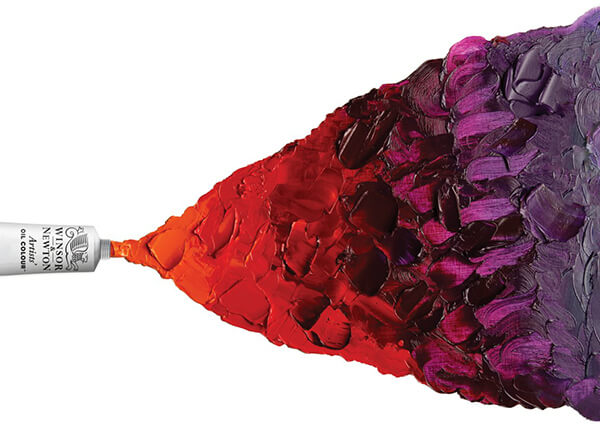
Discover our range of oil paints
Let’s jump into the range of oil paints we have available to help you identify which may be best for you!
Winsor & Newton Artists’ Oil Colour range provides a wide choice of colours with the highest pigment strength. Each colour is expertly made specifically to enhance the natural characteristics of the pigment resulting in the cleanest, brightest and most consistent colours. Highest quality finish, lightfastness and colours with an impressive permanence rating. We like to call these the finest of the fine!
The Winton Oil Colour range from Winsor and Newton is formulated to offer dependable quality at an accessible price. Highest-quality pigments for the highest-quality finish. The Lefranc Bourgeois Fine Oils are also popular amongst enthusiasts, students and professionals. These two ranges boast a variety of colours and make working to any scale effortless. A great place to start for first time artists learning the fundamentals of oils.
Do you work in spaces where solvents aren’t suitable? Look no further than our Artisan Water Mixable Oil Colours from Winsor and Newton. This range is formulated for cleaning with water while retaining the unrivalled performance of regular oil paints. Their lightfastness, performance, depth of colour and drying time make them popular in schools, shared studios and with painters who opt to avoid solvents.
FUN FACT: Primary colours for oil paints differ amongst the various ranges! There is also a three and six colour mixing system in the Winsor & Newton oil colour ranges.
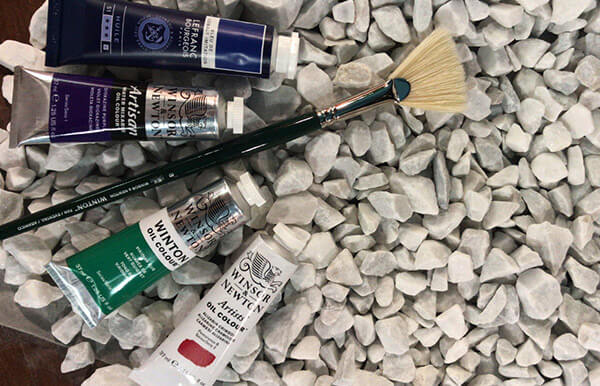
Fundamentals of oil painting
Since oil paints have been around for so long, there are a few artistic insights and age-old tips that have been passed down from one artist to the next. Many relate to layering. When using oil paint, an artwork is often composed of different layers of colour. Each layer interacts with each other, affecting your final piece. It’s important to keep in mind a few of these guidelines.
When painting with oils one must remember – flexible over non-flexible. Each successive layer needs to be more flexible than the one underneath to avoid cracking. Adding more medium, such as Liquin Original, to higher levels will make them more flexible.
Thick layers should be applied over thin layers since thin layers dry quicker. So, if you like thick brush strokes remember that these should be at the top layer. Another tip to avoid cracking is slow drying over fast drying. If slow drying colours are placed under fast drying colours they will pull at the dried layers above causing them to crack.
COLOUR TIP: When using oil colours it is recommended to choose transparent colours for colour mixing to ensure clean mixes.
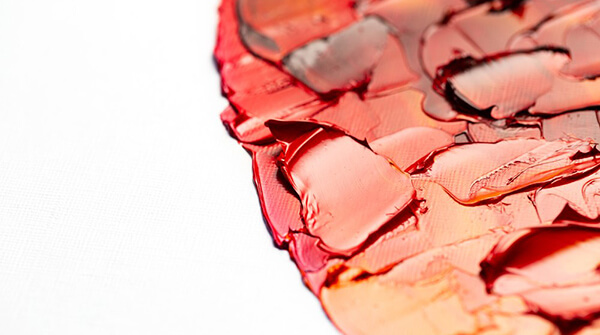
Add character to your oil paintings
A fun aspect of oil paints is the complimentary art supplies that go with them. This opens a door to a world of possible effects to create.
Choosing the right surface – Before you start mixing and layering colours, give a little time to the surface you’re going to use. Stretched, primed canvas is probably the most common surface for oil colours having been used by artists for hundreds of years. If you’re painting outdoors, canvas boards and panels are a great alternative as they take up less space. It is also possible to use paper for oil painting! Our selection of oil colour papers and pads are a popular choice for many as they are formulated to withstand oil paints.
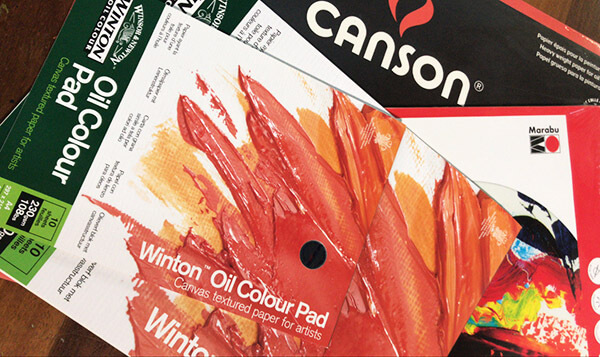
Discovering new mediums – Our range of oils, mediums, solvents and varnishes work perfectly with our oil colour ranges. They allow artists to not only control, enhance and protect their work but also create endless effects adding character to their oil paintings. Everything from increasing gloss to improving flow – the possibilities are endless.
Work fast? Discover our fast-drying mediums to make your oils dry faster (Liquin Original, Liquin Fine Detail, Drying Poppy Oil, Drying Linseed Oil). Prefer to work over a period of time? Our slow drying mediums allow you to do this (Artists Painting Medium, Cold Pressed Linseed Oil, Refined Linseed Oil).
There are also a number of varnishes for oils to help you get your desired finish – whether matt or gloss. One special varnish is the Artists’ Retouching Varnish which is different from others as it can be used when an oil painting is touch dry.
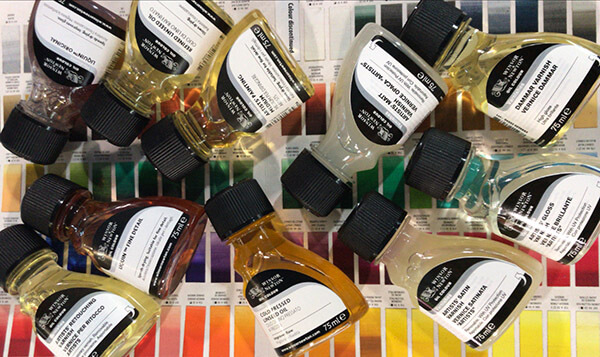
Finding the perfect tools – Oil colours require strong brushes so hog hair brushes or stiff synthetic equivalents are the ideal choice. With our wide selection of oil brushes you’ll find the perfect brush to create with! Palette knives are also often used with oil paints as they add more depth and texture to oil paintings. Interesting mediums often used to thicken oil paints when using palette knives are the Liquin Impasto and Liquin Oleopasto.
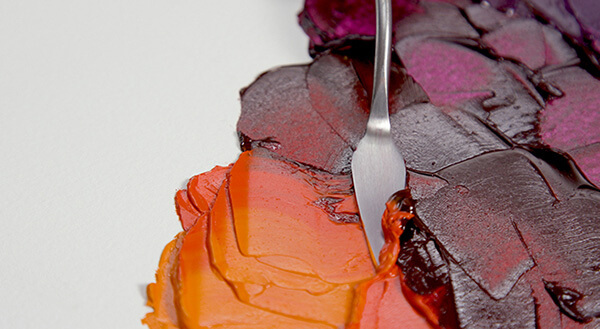
As we said in the beginning of this article, there’s an art to mastering oil paints but there’s also an art to making them. Selecting the right materials to work with will elevate your work and allow you to enhance your oil painting skills. Happy painting!


